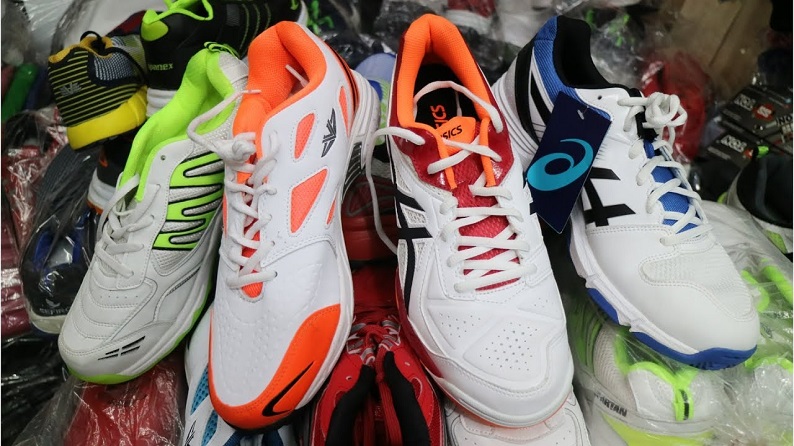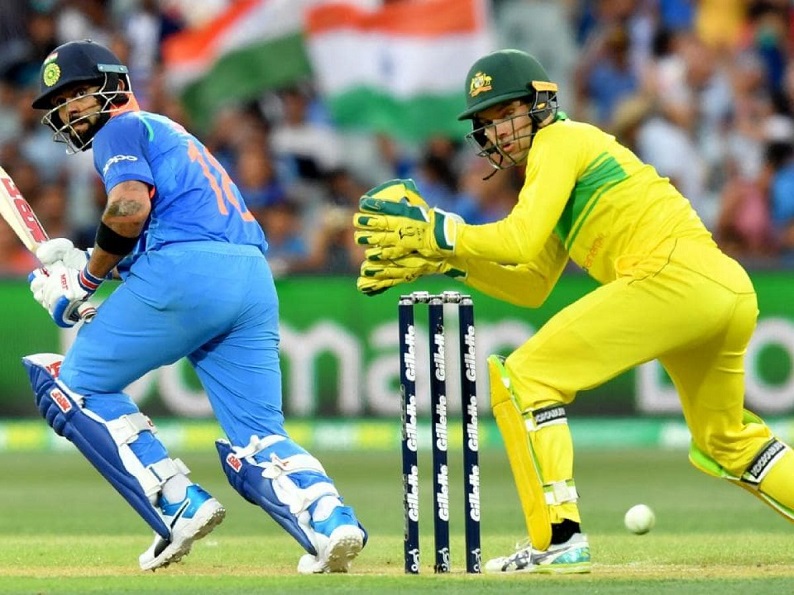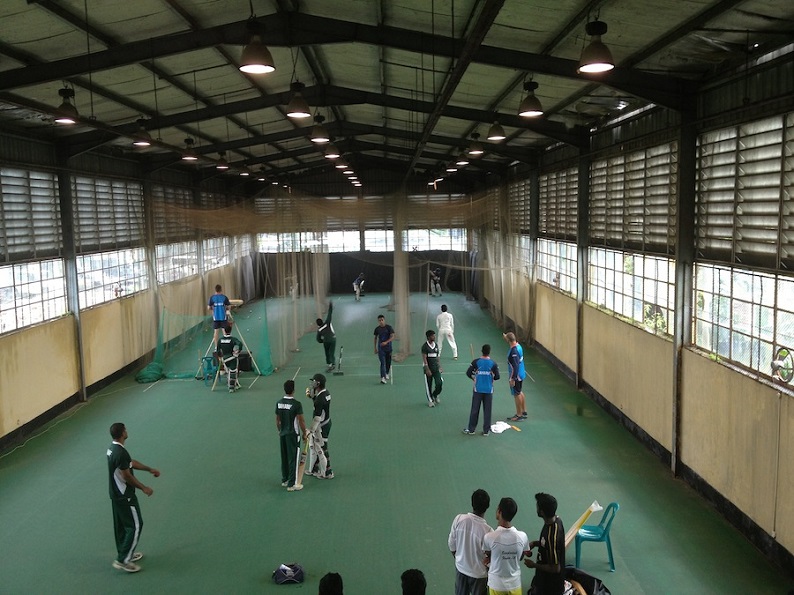 |
| Source: thecricketmonthly.com |
People love cricket and if you're one of them and are playing the sport (professionally or for fun) you already know that suitable equipment is a very important part of the game. If you're new to this sport or are trying to get your kid into it, it's important to know that among the other things, cricket shoes are perhaps crucial for a good focus and quality game. Before you just purchase a pair of sports spike shoes, it's important to know what sort of surface are these shoes suitable for. If the game is mainly played indoors, then spiked cricket shoes aren't a suitable choice.
Be sure where the games will mostly take place. Then you're free to get your shoes and these things are the things you should consider when buying.
Size
This is the most important thing to consider when buying your cricket shoes. They shouldn't be too tight since you'll feel uncomfortable, but too large shoes will affect your focus, and could easily cause you to fall. The size should be just right.
Types of Spikes
 |
| Source: youtube.com |
Full Set of Spikes
This is the standard arrangement for sport spike shoes. The full set of spikes are useful on pitches with a bit of moisture on the surface for grip. This helps the player-run successfully between the wickets. Not suitable for hard pitches.
Partial set of spikes
Some cricket shoes have spikes only on the front part of the floor, but not on the heel area. This is the middle ground between no spikes and a full set of spike cricket shoes.
No spikes
A batsman will feel much more comfortable batting in a pair of cricket shoes without spikes. This is especially suitable for incredibly hard pitches. Certain cricket shoes give the option of removable spikes, but they are a bit more expensive. These types of cricket shoes are a great investment for playing in all conditions as a batsman.
Surface You'll Play On
It's important where you'll play; on synthetic or turf pitches? If you play on synthetic pitches, go for rubber shoes. This is important when soil or moisture from the field ends on the pitch. Regular sport sneakers can wear very quickly, especially for bowler players.
What's Your Role as a Cricketer
 |
| Source: kreedon.com |
If you're an all-rounder, light shoes are your best deal.
These are some specifics for cricket shoes:
The upper - this is the top part of the shoe. If you know your cricket shoe size, you would know that a bit of room is needed to cater for impact and lower the impact on your toes.
Outsole - this is the part of the shoe that makes direct contact with the ground.
Midsole - this is the layer between the insole and outsole which gives an important cushion (important if you're a bowler).
Socker Liner - this is an extra cushioning around the heel and ankles. It's important for bowlers if they have a high-impact action.
Outdoor Cricket – Natural Grass & Artificial Pitch
 |
| Source: northwalespioneer.co.uk |
Some types of turf used in artificial pitches allow the use of spiked cricket shoes, but some types of turf aren't suitable. Always ask someone if that type of turf can handle your spiked shoes. Keep in mind that spiked shoes should never be worn on concrete.
Indoor Cricket – Artificial/Wooden Surface
 |
| Source; espncricinfo.com |
Comments
Post a Comment